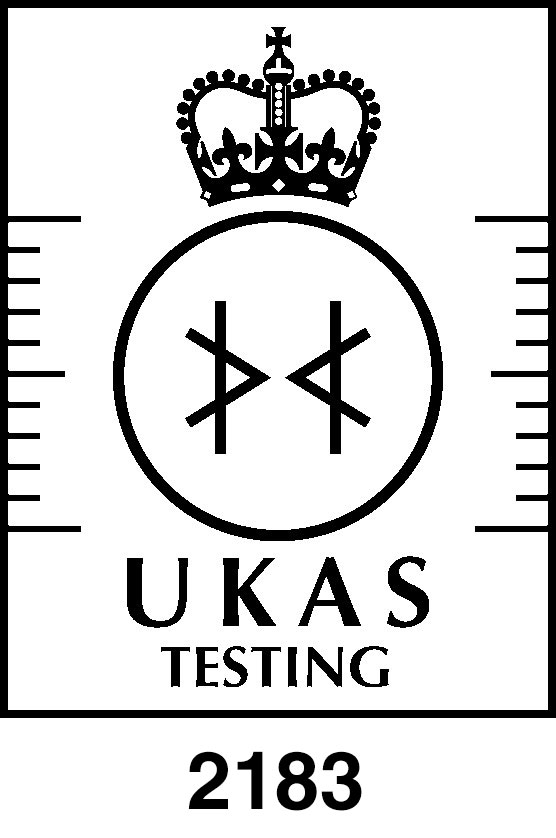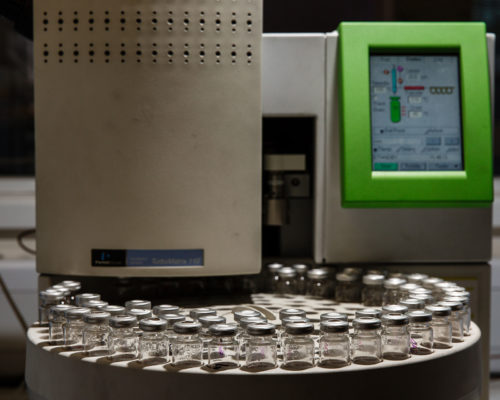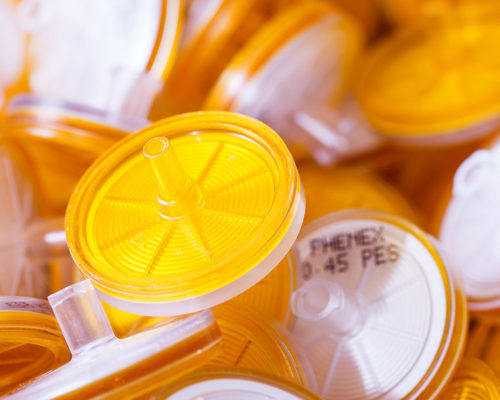GC x GC solution for TPH analysis
There is an ever increasing demand for detailed analytical data on the fastest possible turnaround. Chemtest, are committed to on-going method development and the implementation of industry leading technology to deliver accurate timely data which exceed these demands.
There is an ever increasing demand for detailed analytical data on the fastest possible turnaround. Chemtest is committed to on-going method development and the implementation of industry leading technology with which to deliver accurate and timely data to meet this demand.
Traditional speciated TPHCWG procedures are based around Solid Phase Extraction (SPE), a technique which separates a solvent extract of the sample into two extracts; one containing aliphatic components and the other containing aromatic components. Each of the two extracts is then analysed individually by gas chromatography necessitating two instrument runs.
In collaboration with the instrument manufacturer Agilent and their partner company JSB, Chemtest has developed and validated a GC x GC TPHCWG procedure which provides speciated aliphatic and aromatic banded data from a single solvent extract requiring a single instrument run and without the need for SPE. This new procedure therefore gives a significant turnaround time advantage over traditional methods in both sample preparation and analysis.
GC x GC analysis employs the use of two chromatography columns. The first is a non-polar column which separates the aliphatic components according to their boiling point and provides the first dimensional separation. The second column is a fast polar column which is able to separate the more polar aromatic components within each boiling point range.
The two columns are connected via a flow modulator. The modulator continuously collects small fractions of eluent from the first column and quickly transfers each fraction to the second column whilst maintaining the integrity of the separation in the first column. It does this by repeatedly filling, then flushing a sample loop using a system of valves. Each fraction emerges from the modulator onto the second column as a narrow pulse, enabling polar separation in the second dimension.
A flame ionisation detector (FID) detects the separated aliphatic and aromatic components as they emerge from the second column. The resultant FID chromatogram contains the information required to produce a two dimensional contour plot which may be further enhanced using three dimensional visualisation imaging software.
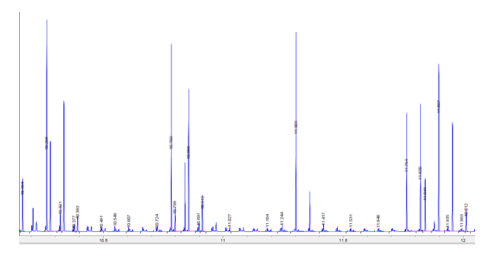
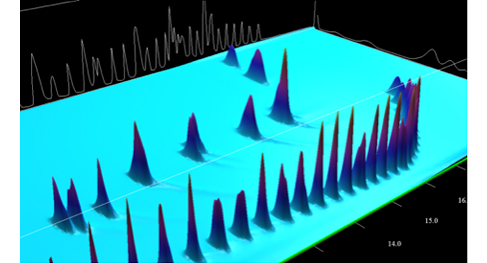
Chemtest has been granted UKAS and MCERTS accreditation for this procedure in soils and will allow Chemtest to offer a turnaround time advantage over traditional methods in both sample preparation and analysis without compromising data integrity and quality.
It is clear that the use of GC x GC technology has evolved the analysis of TPH, and that GC x GC speciated TPH is not just a ‘like for like’ replacement for SPE based methods. There are genuine advantages over the older technique:
- Turnaround times are reduced.
- Simplification of the preparation procedure improves method precision and bias.
- Chromatographic separation of Aliphatic and Aromatic compounds is more reliable and reproducible than SPE.
- Reduction in solvent use has cost, health and safety, and environmental benefits.
Chemtest’s innovative method uses modern advances in GC technology to give clients quality data when they need it.
If you wish to discuss this exciting new development in more detail please contact us.
